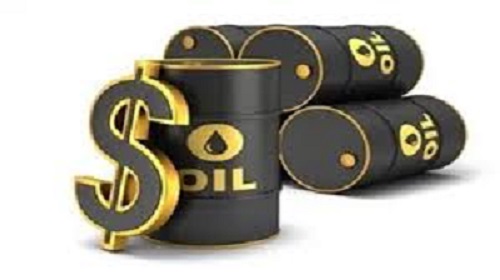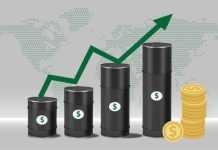Oil prices climbed marginally after oil inventories in the United States fell less than predicted. Brent crude oil rose 0.1% to $79.56 a barrel, while West Texas Intermediate (WTI) rose 0.1% to $75.38.
According to EIA statistics, US oil supplies declined by 708,000 barrels in the week ending Friday, which was less than the 1.8 million-barrel reduction predicted by experts. Nonetheless, investor attitude about the US economy has improved in recent weeks, while Russian exports have faltered, contributing to higher oil prices.
“The U.S. economy remains resilient, production cuts continue, the Fed appears closer to finishing its rate hike cycle” while China could be poised to set out new stimulus measures, says Quincy Krosby, chief global strategist at LPL Financial.
According to statistics issued late Wednesday by the Energy Information Administration (EIA), commercial crude oil stocks in the United States fell by 0.2% for the week ending July 14.
Inventories declined by roughly 700,000 barrels to 457.4 million barrels, less than the 2.25 million barrel drop predicted by the American Petroleum Institute. Strategic petroleum reserves, which are separate from commercial oil supplies, were constant last week at 346.8 million barrels, according to the report.
Over the same time period, gasoline stocks fell by 1.1 million barrels to 218.4 million barrels.
According to EIA statistics, US crude oil imports grew by about 1.29 million barrels per day (bpd) to approximately 7.17 million bpd for the week ending July 14, while crude oil exports increased by approximately 1.67 million bpd.
US crude oil production, meanwhile, declined by 11,000 bpd and stood at 12.7 million bpd over the same period. In the Short-Term Energy Outlook (STEO) released on July 12, the EIA predicted crude oil output in the country would reach an average of 12.56 million bpd this year.
Next year, crude oil output in the country is expected to reach 12.85 million bpd. The findings show that the country’s crude oil demand recovery from pandemic-era lows is taking longer than expected, sending prices lower.
Meanwhile, as investors hope for significant stimulus measures from China as the country’s latest economic data signals slower-than-expected growth in the world’s second-largest economy, experts say the figures may not be low enough to trigger large-scale rescue measures from top policymakers.














